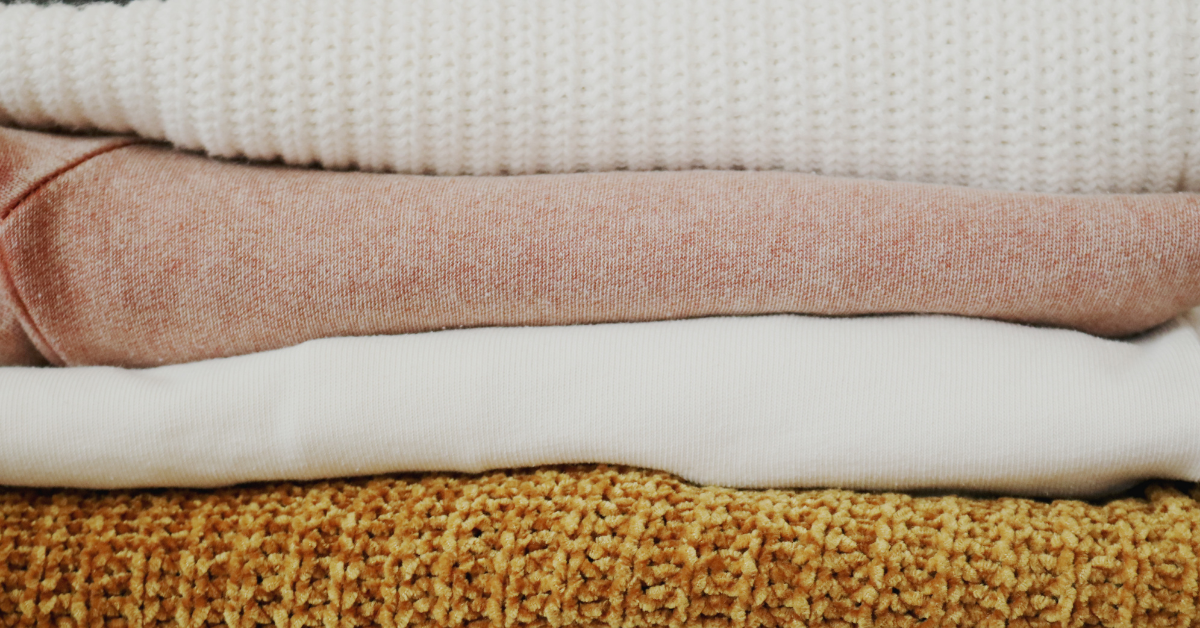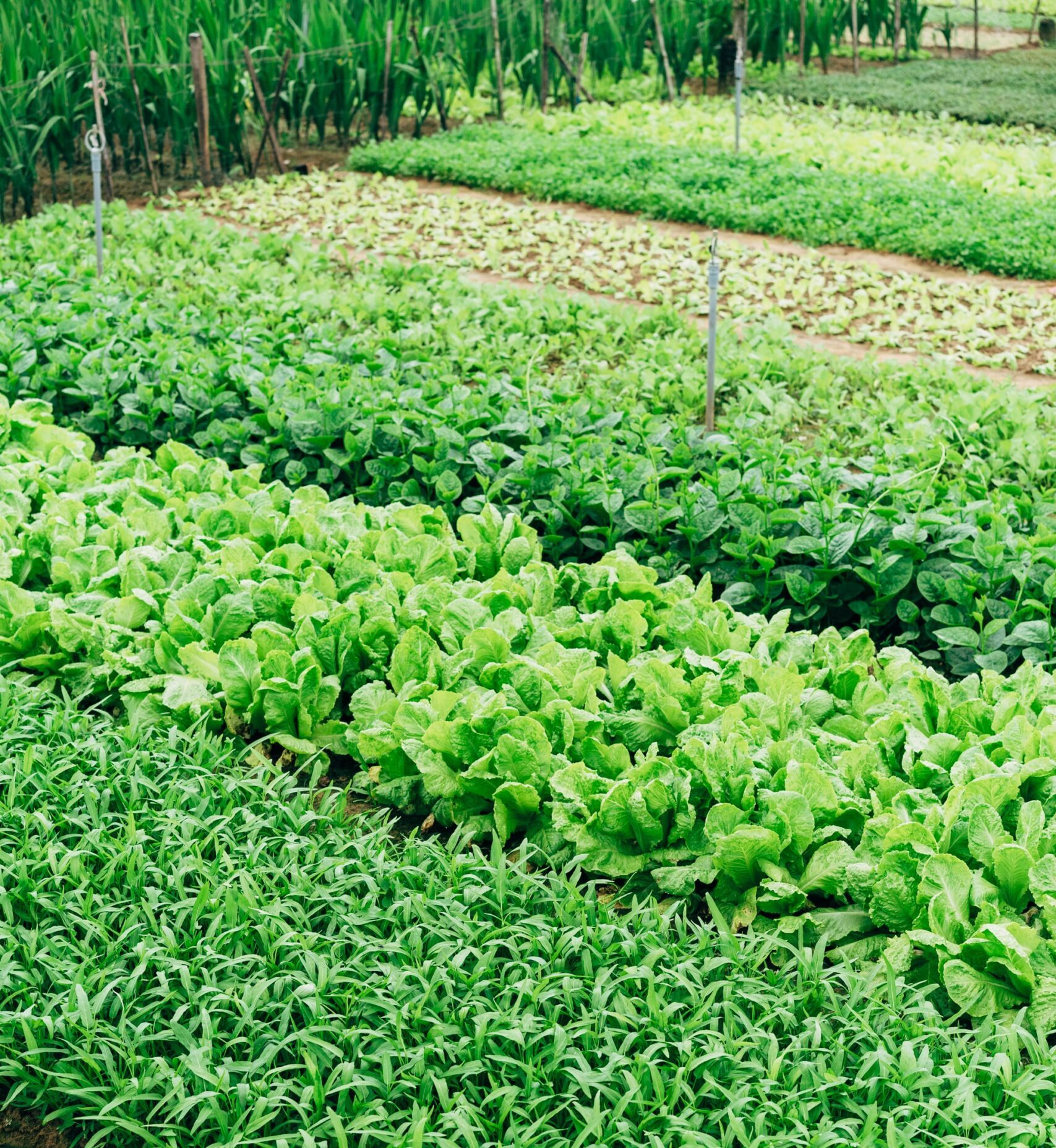
Throughout the history of humanity, fashion has been a way of self-expression, innovation, and creativity—an ever-changing depiction of human civilization and the ways in which our culture evolves.
However, since the boom of industrialization, fashion has also become one of the biggest culprits contributing to climate change, accounting for 10% of greenhouse gases emitted from human activity and 20% of wastewater. In a world that thrives on throwaway culture, a baseless never-wear-the-same-dress-twice policies, and a constant revolution of trends, it’s no wonder fashion has become one of our worst environmental offenders.
Though the issues of fast fashion—from its complex supply chain to its shoddy quality—may seem daunting, one place to start can be choosing fabrics that are more biodegradable and sustainable.
Ever wonder how long it will take for your clothes to decompose? Scroll through to see just how long it’ll take for each item of your clothing to break down, from best to worst.
How Quickly Will Your Clothing Decompose?
Biodegradable Fabrics
Cotton
Timeframe: 1 week to 5 months
Considered one of the fastest fabrics to decompose, clothing items made of 100% cotton can decompose as quickly as 1 week. Not only oh-so-soft and cozy, cotton also tends to fall nicely on your body for a comfortable, flattering shape. Remember, though, that conventional cotton uses vast amounts of pesticides and freshwater. Organic cotton uses half the amount of water and emits half as much greenhouse gases as its conventional counterpart.
Linen
Timeframe: 2 weeks
A derivative of the flax plant, linen can decompose in approximately 2 weeks when in its purest form and undyed. To speed up the process, circular fashion advocacy group, Close the Loop, encourages linen wearers to cut the linen into small strips. Linen is most commonly found in pants and dresses, and breathes well in hot weather.
Denim
Timeframe: 10–12 months
Although made of cotton, denim’s hardier fabric takes a bit longer to decompose compared to its thin t-shirt counterpart. To ensure your denim decomposes faster, look for brands like Lee and Levi’s that guarantee 100% cotton rather than a cotton-synthetic mix.
Wool
Timeframe: 1–5 years
Although wool’s thick, fuzzy fabric takes 1–5 years to decompose, this natural fabric’s life cycle is much shorter compared to its synthetic fabric counterparts. Wool sweaters can also last a lifetime and tend to hold their shape and texture, rather than fading over time. Although wool has some positive qualities, vegans and animal lovers should be aware of how its production harms sheep and other animals.
Rubber Sole Boots
Timeframe: 50 to 80 years
Although great for water resistance, rubber sole boots can take between 50 to 80 years to decompose and cause harm to the environment. Luckily, rubber can be easily recycled and turned into tires, carpet padding, and inner tubes. To learn how to recycle your rubber, call your local recycling center and find out whether their rubber policy and whether or not your can recycle your rubber sole boots.
Synthetic Fabrics
Nylon
Timeframe: 30–40 years
Made of a plastic derived from crude oil, nylon dominates the world of hosiery, swimwear, and activewear. Though celebrated for its strength and durability, this synthetic fabric is considered non-biodegradable. While it will eventually decompose, the rate at which nylon takes to decompose far outlasts its natural fiber counterparts such as cotton and linen.
Polyester
Timeframe: 20–200 years
Another artificial fiber, polyester is a polymer created from a chemical reaction involving petroleum, air, and water. This plastic-based fabric not only takes years to centuries to decompose, but also result in further plastic pollution at the end of their life cycle—polluting waterways, choking marine life, and harming the environment from the decomposed plastic.
Spandex
Timeframe: Indefinite
Considered one of the least sustainable fabrics on the market, Spandex’s extensive processing and use of nonrenewable resources result in a fabric that takes hundreds of years to decompose. With athleisure and athletic wear on the rise, spandex continues to dominate the market despite its adverse effects on the environment.
What Can You Do?
Beyond striving to purchase more biodegradable clothing pieces, there are other ways to shop more eco-consciously and make better fashion decisions for the environment.
Thrift shopping is one of the best ways to make more sustainable purchases, since you’re essentially extending the life of a piece of clothing beyond the initial purchaser’s clothing lifespan. Other ways to help include upcycling old clothing, organizing clothing swaps with friends, and extending the shelf life of your clothing.
Whether you’re transitioning your wardrobe to entirely natural fibers or (like me) committing yourself to the art of thrift, every little action you make can have a big impact.
Stay stylish, sustainable, and chic, and help make the planet a little bit better each and every day.
Sources
https://www.close-the-loop.be/en/phase/3/end-of-life
https://www.cariloha.com/blog/long-will-clothes-live-landfill/
https://hellojackalo.com/blogs/news/fabric-decompose https://www.sciencelearn.org.nz/resources/1543-measuring-biodegradability
https://goodonyou.eco/material-guide-nylon/
https://barnhardtcotton.net/blog/know-fibers-difference-between-polyester-and-cotton/
Also by Dana: Streaming Content Is Equal To Driving 300 Million Cars In The U.S. Alone. How To Stream Greener
Get more like this—Sign up for our daily inspirational newsletter for exclusive content!
__
Photo: Madison Inouye Photography via Pexels




